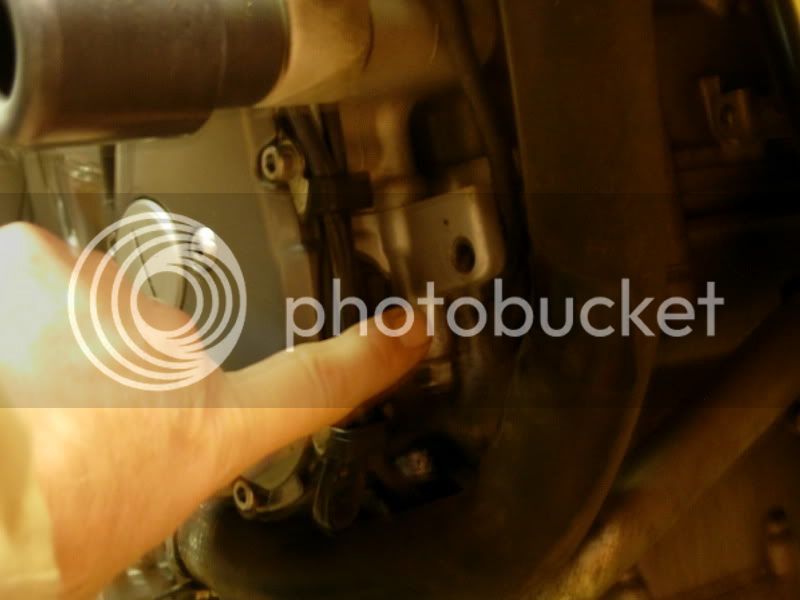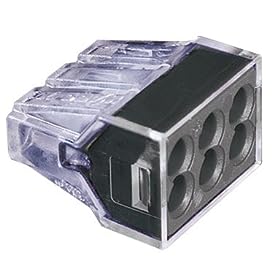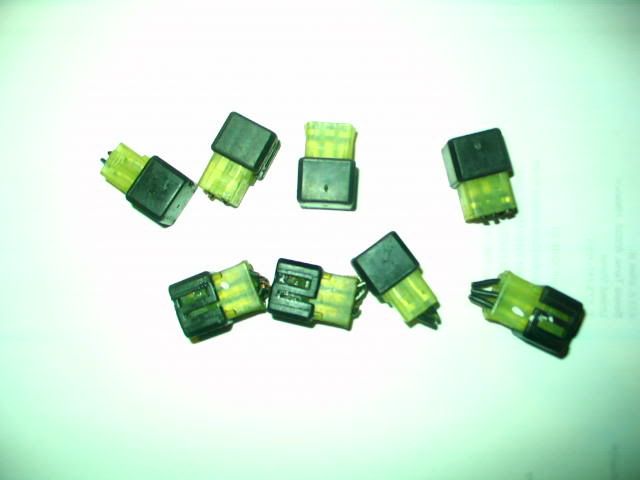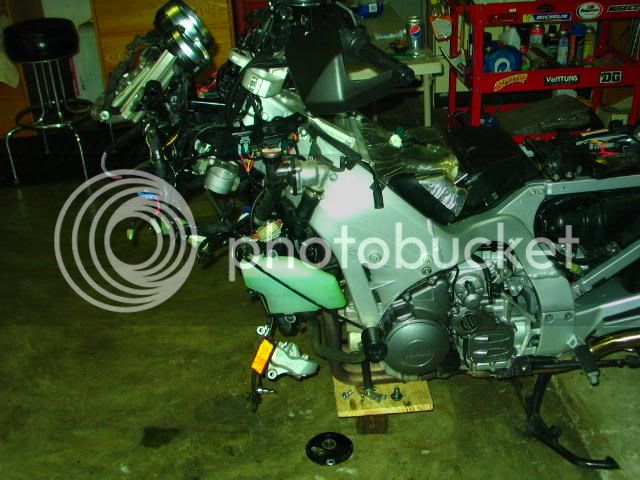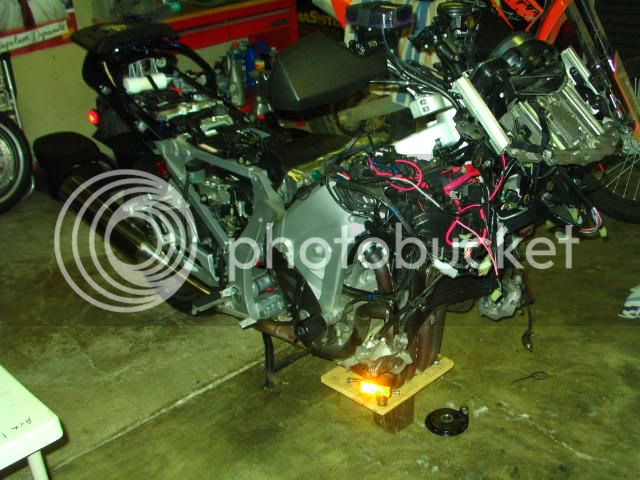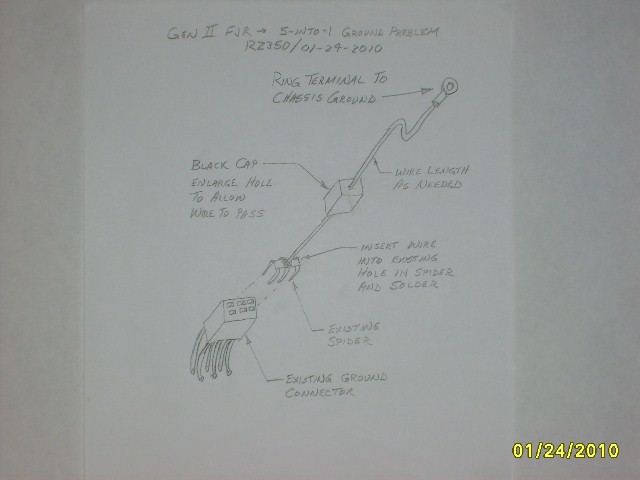Gentlemen
I am in the process of tooling up for another
*harness project.
Currently my '06 AE is symptom free, and as of last november all the "grounding" connectors look to be in good shape. I injected Silicon Dielectric grease way back when the bike was 2 months old. However, since JamesK also greased his connectors, albeit a little later than I did mine, and still fell prey to the thermal runaway, I wish to take a pre-emptive course with my bike.
I have located the female half of the connector (Jim Davis at Eastern Beaver) and will be getting 40 of them in a week or two, and along with them their associated male pins. That should net me up to 4 prototype Harnesses. I have also invested in the PressMaster crimping tool ($$$) sized for the .090 series pins.
My plan is to make a grounding harness which will reach all 8 of these connectors. The other end will terminate at the battery negative terminal. The 6 male pins will each have an 18 gage wire crimped to them. These wires will immediately be butt spliced into a 14 gage pigtail wire, which when joined with other pigtails will be butt spliced to a 10 gage main line back to the battery. This will
add to the ground wire within the OEM harness - not take the place of it. The goal is to make a single harness that will be plug and play.
I have a question for the Electrical Engineer Types of the forum. Several members have gone this route of having gathered and soldered the leads and running a secondary pigtail wire to chassis ground.
Is this going to cause more harm than good?
Will this pigtail cause problems by having a different potential than the ground path within the OEM harness?
[SIZE=12pt][/SIZE]
Will it set up a harmful
Ground Loop
situation?
I realize the absolute best fix will be to cut the terminal off completely, strip and crimp a splice cap in place, then add solder to form a good electrical bond. Encapsulate with heat shrink, and secure the repair alongside the main harness out of harms way. Lets face it - not that many owners will (or can) go through the extra effort to do a professional job like that. A harness, on the other hand, will be the most palatable and easiest method of addressing the greatest number of bikes out there.
Your thoughts please!
Brodie
[SIZE=8pt]*[shamless plug] By the way, I still have about 10 of my Ignition Relay Harnesses for sale if anyone is interested.  [/shamless plug]
[/shamless plug][/SIZE]



[/shamless plug][/SIZE]
